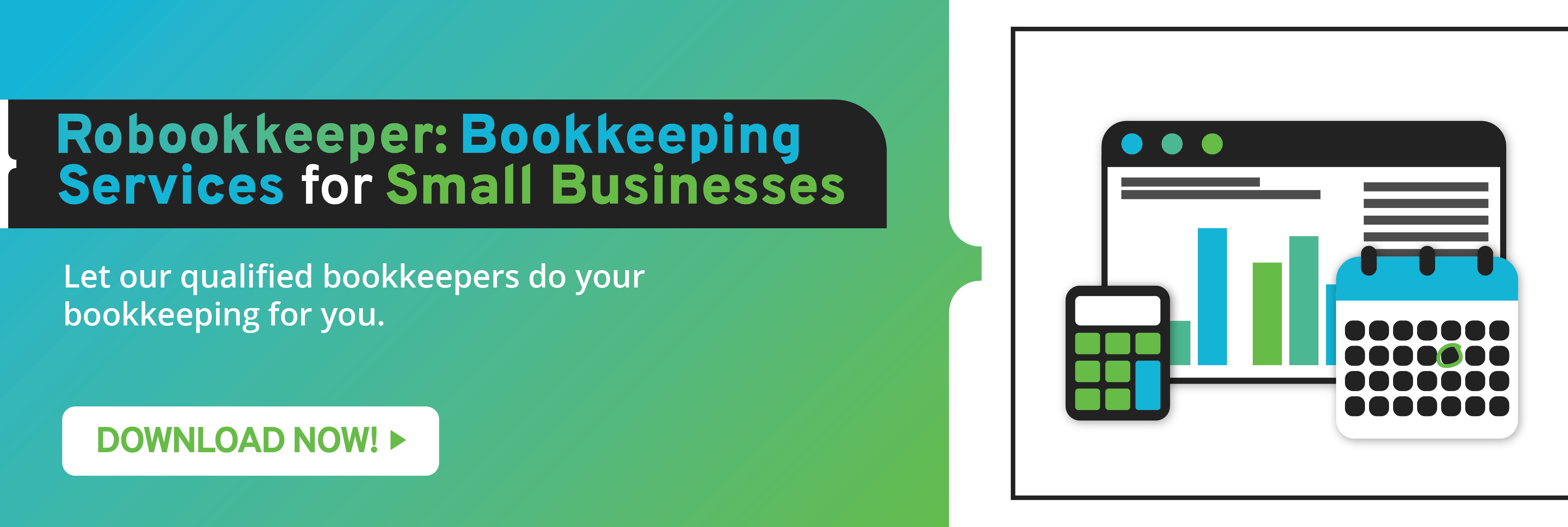Accounts receivable collection is a problem that many small businesses experience. Delays in payments have a negative impact on your cash flow. Poor cash flow limits your financial flexibility and makes it difficult to pursue opportunities. You might not have enough resources to improve your products, implement marketing campaigns, and hire new employees.
Accounts receivable collection should be a priority of your company. This approach allows you to manage your cash flow effectively. It also provides your business with the flexibility it needs so that you can direct financing to different aspects of your operations. Timely collection keeps your cash flowing and enables you to manage your long-term and short-term objectives.
These are some of the best practices that allow you to improve accounts receivable collection.
Make and Carry Out Invoicing and Collection Policies
You’ll need to create policies and processes that are easy to replicate and implement for receivable collections. Communicate and distribute these to your employees. These policies should be simple to avoid confusion and miscommunication. They can use these when they send an invoice and collect payment from customers. They can also use it as a reference whenever a customer has a question or sends a complaint. The policy should contain details such as:
Payment terms and options
- Due dates
- Possible penalties for late payments
These are just a few of the things you need to illustrate when you create a collection policy. Make it easy to implement so that it improves collection and reduces or eliminates delays.
Provide Additional Payment Options
Provide many payment options to improve accounts receivable collection. Some customers would rather use Apple Pay, PayPal, or just their debit card when they want to pay for things in their cart. Multiple payment options boost your collection rate and keep your cash flowing. Display various payment platforms on your website. Simplify the entire payment process for your customers. You won’t have to worry about security because many apps, platforms, and banks make sure all transactions are secure.
Spend on Accounting Software
Manual bookkeeping consumes too much time and expends resources you could’ve used elsewhere. It’s also prone to errors in categorization, computation, and data entries. This is more pronounced when an employee lacks the skills to do bookkeeping properly. Invest in accounting software like Xero and QuickBooks, these allow you to reduce operational costs because it eliminates redundancies. Xero and QuickBooks provide users with several benefits that make bookkeeping simpler and easier for entrepreneurs.
Both also make sure your financial data is secure in the cloud. It allows users to access documents and data at your convenience. Accounting software enables your team to create reports. You can use these for budget allocation meetings to fund product development, sales and marketing strategies, and other needs for operations.
Take a Proactive Approach
A proactive approach improves your company’s accounts receivable collection rate. Assign a group that manages and communicates with customers about collections. They’ll handle inquiries, notifications about due dates, sending of invoices, and carry out your policies. A clear delineation of tasks boosts efficiency in collection and sets expectations. When your customers get notifications about their due dates on time, it reduces delinquencies and late payments. Clear policies also allow you to identify the main causes of non-payment.
Avoid micromanaging your collections team and allow them to do their job the best way they know how. Provide them with the tools, training, and resources they need to accomplish the tasks you designated to them. Micromanagement has a negative effect on your employees’ productivity and efficiency. Establish expectations and standards you want them to meet.
Create an Aging Report
Make and follow an aging report as it allows you to improve efficiency and rate of collections. This report enables your team to track the progress and status of customer receivables.
This report enables you to:
- Which clients are delinquent.
- Which clients have approaching due dates.
- Which clients have paid.
To make generating reports and monitoring easier, create categories for each group of clients. One way is to create clusters based on the number of days that have lapsed since you sent them an invoice. For example, these could be 0-30, 31-60, 61-90 and so on. Customise your grouping strategy based on your needs.
When you send a follow-up email or call, consider using a different tone and wording depending on whether a client has yet to pay 60 days beyond their due date and to one that can still pay on time. Creating an aging report allows your team to efficiently monitor accounts receivable and collect dues on time.
Payment Terms Flexibility
Provide flexible payment terms to clients that have shown they pay on schedule. They deserve to get better payment terms and conditions and it also improves your business relationship. Provide payment flexibility but maintain provisions about penalties or interest a client might incur because of delinquency or delays. Offer extensions but avoid new terms that have a negative effect on your business’ cash flow. Consider offering instalment plans for loyal clients that are currently facing financial difficulties. This enables them to still pay their dues and injects cash into your company. Create incentives that encourage clients to pay early such as better terms and discounts.
Review Collection Policies and Update if Necessary
A regular review of your collection policies and workflow enables your team to identify ways you can improve and which sections you can retain or remove. Gather data to determine possible inefficiencies in your processes. Make changes if you think they will improve your collection rate. You’ll need to improve your efficiency when the number of your clients increases.
Consider investing in software to simplify and automate some aspects of your collection process. Tools eliminate or reduce mistakes. Boost the engagement of your collections team by discussing ways they can improve their work. Keep your database updated so that the invoices you send reach the right client. Ask for a client’s contact information if ever they made any changes to it.
These best practices allow you to improve your company’s accounts receivable collection. Collecting from clients on time makes sure your cash flow remains positive. Delays might have a negative effect on your finances and reduce profits.
Robookkeeper is a reliable outsourced bookkeeping company that can keep your accounting books updated whenever you need them. We offer first-rate small business accounting services for entrepreneurs like you.

